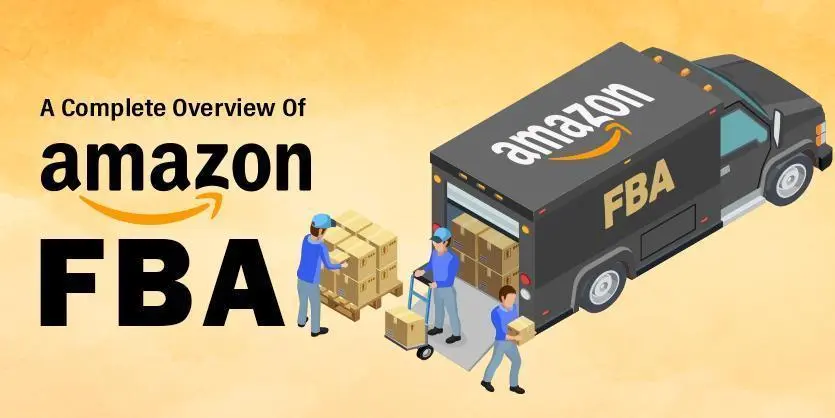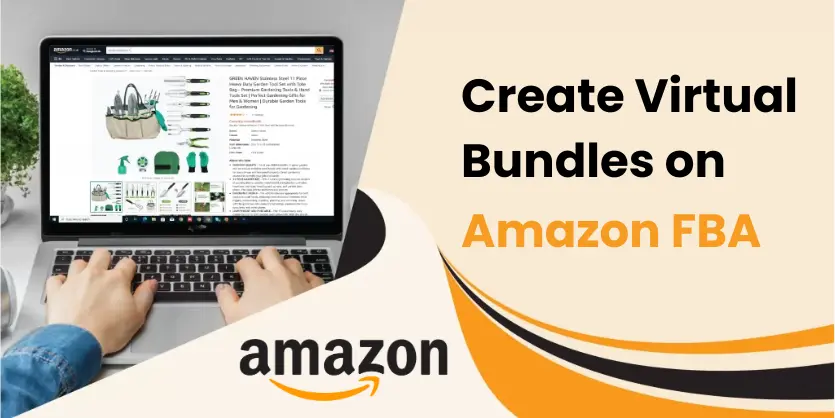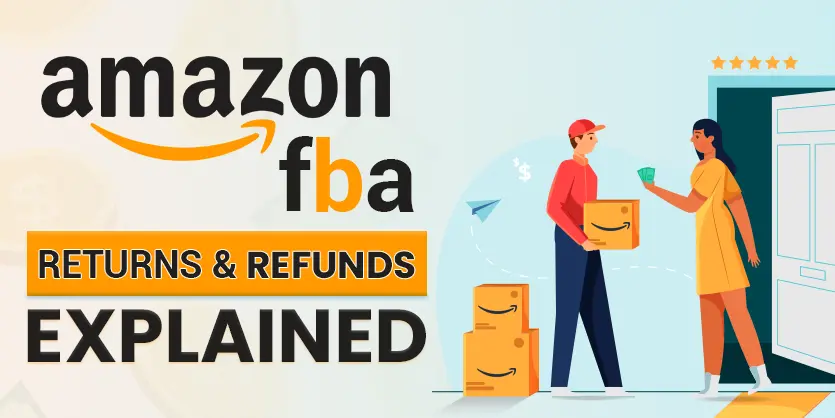Fulfillment by Amazon is known as Amazon FBA. It is a program or service offered by Amazon that allows businesses to outsource order fulfillment to Amazon. If you have a little idea about Amazon FBA process, then you can take a short e-commerce trip with us today. By the end of this blog, you will have a complete understanding to clear up all the confusion about Amazon FBA.
What is Amazon FBA?
Amazon FBA is a service that assists third-party sellers with order fulfillment. It is a complete option to store goods using Amazon’s numerous warehouses and sell them via the Amazon website. When a customer makes a purchase, Amazon picks, packs, and ships the order, provides customer service, and even processes returns for those orders. Amazon takes care of all processes through Amazon FBA.
FBA offers business growth opportunities with minimum hassle. The FBA program is an example of the continuous evolution of Amazon. Amazon wants to meet the evolving consumer landscape and the demands of the online retail environment.
For instance, suppose you’ve researched, sourced your products, and have two or three hot items. At this point, you need to think about storing them or purchasing more profitable stocks. But storing more items and maintaining order dispatch time can make you really frustrated. This doesn’t mean dreams of expanding your business are dashed. This type of situation often occurs. And that’s why Amazon brings up the FBA program. You don’t need extra space, the hassle of shipping, or the formalities required for any defects or returns after the product is delivered. Amazon has always thought out of the box to build good relationships and make online business more durable.
How Amazon FBA Works?
The FBA process is quite simple. Amazon FBA requires a regular Amazon selling account as usual by following some simple instructions to add products to the FBA section. It doesn’t include any extra effort from the sellers. The FBA process works as follows:
- Sellers procure the products and ship them to an Amazon warehouse. Amazon will give you the necessary contact details and address.
- The products are stored at Amazon’s fulfillment center until an order is placed.
- From this point, Amazon takes care of the transaction and updates the inventory. After a purchase is made, Amazon packages and sends the item.
- Amazon handles customer care; follows up on orders. Even Amazon governs returns and refunds.
- Every two weeks, Amazon sends you the profit from sales.
Customers purchasing from Amazon will see no difference between purchasing from Amazon directly and from a seller using Amazon FBA. They will see the delivery options and return and refund policies are the same and have the same level of service.
How can you Expand your Business with FBA?
In the FBA process, Amazon is handling everything on your behalf. But you cannot just set it and leave it. If you want to expand your business, you should always do the followings with diligence:
- Choose your products wisely: Amazon deals with the backend, but you’ll still need to research and source what to sell.
- Ensure your inventory is always up to date: Amazon lets you know when your stock levels are low, but you must make sure you replenish stocks when necessary.
Pros and Cons of Amazon FBA
Every program comes with some specific benefits for the users. FBA has become a single-handed tool for e-commerce. FBA allows sellers to sell to targeted customers through the Amazon platform and gives access to new multi-channel fulfillment solutions. Amazon’s multi-channel platform sells and fulfills products on channels like BigCommerce or eBay. Some of the benefits of Amazon FBA are:
- Effortless Shipping and Logistics
- Discounted Shipping Rates
- Return Management
- Customer Service Management
- Quick Delivery
- More Storage Space
- Omnichannel Fulfillment
FBA is indeed a convenient service, but it costs money. Of course, there is a storage fee, mainly depending on the size or volume of the product. If some of your products aren’t active on sale, Amazon will also charge for this. Here are some disadvantages of Amazon FBA:
- Long-Term Storage Fees
- Product Prep Requirements
- Sales Tax
- Amazon FBA Fee Payment
Is Amazon FBA Worth the Present Time?
You will be surprised to know that Amazon FBA started more than a decade ago back in 2006, six years after third-party sellers were allowed to sell on the platform. It was a game-changer then and still today. FBA has made it much easier for anyone to start an eCommerce business. Globally, out of 9.5 million Amazon sellers, nearly 8.6 million sellers are using FBA to fulfill their orders. The FBA program helps to focus on specific core activities while handing off other activities to their partner Amazon.
In 2021, Amazon’s revenue was a whopping $469 billion up from $386 billion in 2020. 22% of third-party sellers have derived the revenue while 89% of those third-party sellers use Amazon FBA to manage their Amazon business.
Currently, Amazon supports 17 marketplaces that allow FBA sellers to list and sell. Here are some reasons why Amazon FBA is ahead of time:
- An increasing number of Amazon sellers leads to increasing competition, but FBA helps to stand out.
- A growing number of products on the Amazon marketplace indicates tough competition; FBA allows products to appear on the prime members’ feed.
- Excellent products with FBA listings allow products to appear more on the product suggestion bar.
- Shipping is free because of Amazon Prime.
Amazon FBA is like having your warehouse, pickers, and packers! Once a seller enrolls in the Amazon FBA program, Amazon’s team will dispatch all orders and handle all customer emails letting the customer know if their item has been sent. At the same time, they will deal with the shipping and payments also. The calculation is simple. Sellers provide them with the stock and earn the cash.
Our Suggestion
It’s necessary to consider the factors that play a role in starting the FBA program. Such as choosing the right supplier; supply-chain disruptions from labor; local Covid restrictions; location-specific operating circumstances like weather and the geo-political climate.
These can impact the movement of goods to Amazon warehouses. In any case, considering these, you can still build a profitable Amazon FBA business. Our suggestions will be:
- Ensure you have a unique selling proposition
- Partner with suitable suppliers
- Prioritize scalability
Final Thoughts
Amazon’s FBA business requires learning, dedication, and hard work. If you are thinking of joining the Amazon FBA program in your mind, the decision is up to you. But we will suggest you give it a try. If you are too worried about starting the FBA program, let your hesitations and complications be ours’ as we are here at Ecomclips to help you at any time. If you have any queries about Amazon FBA, feel free to comment below. For regular reading subscribe to our Ecomclips newsletter.



